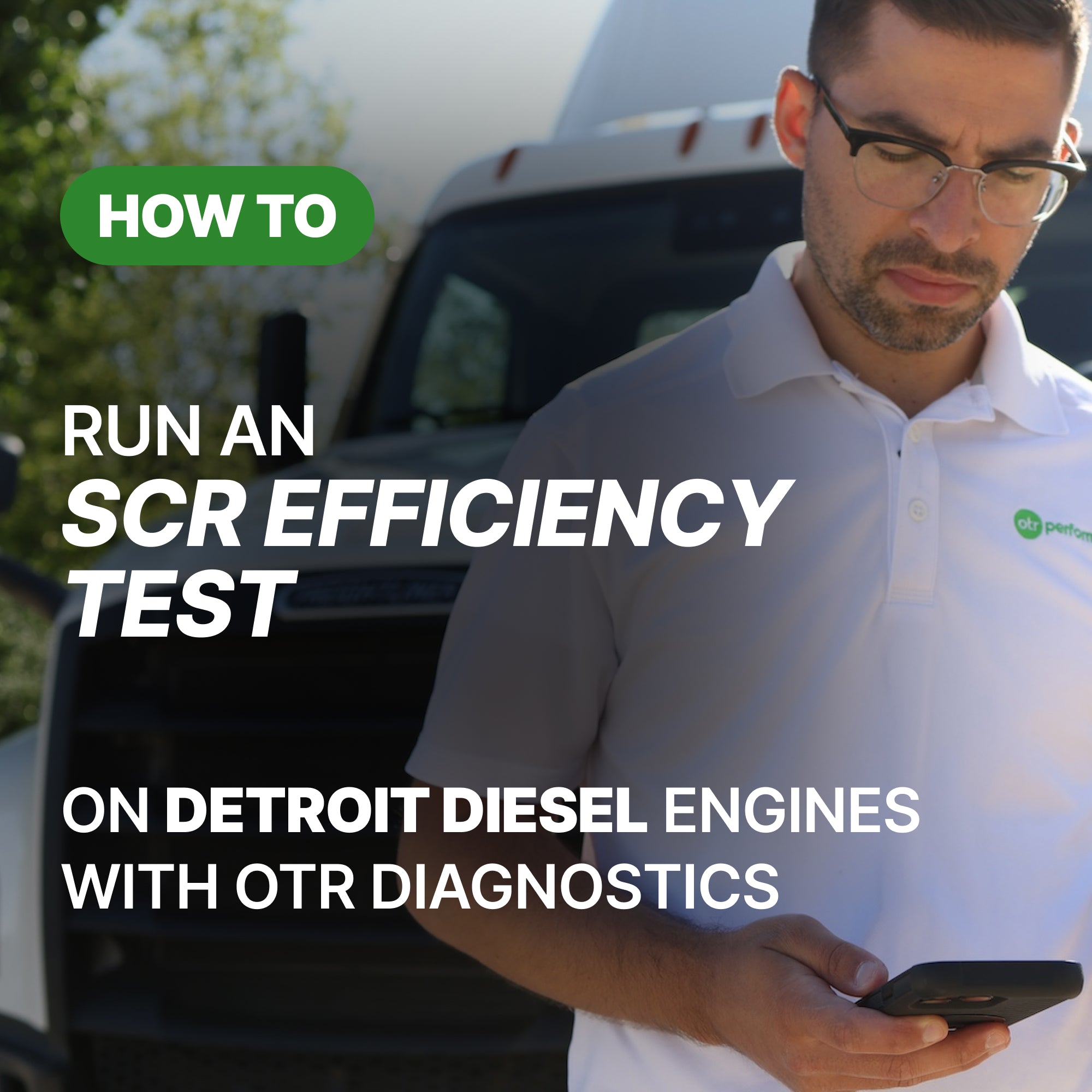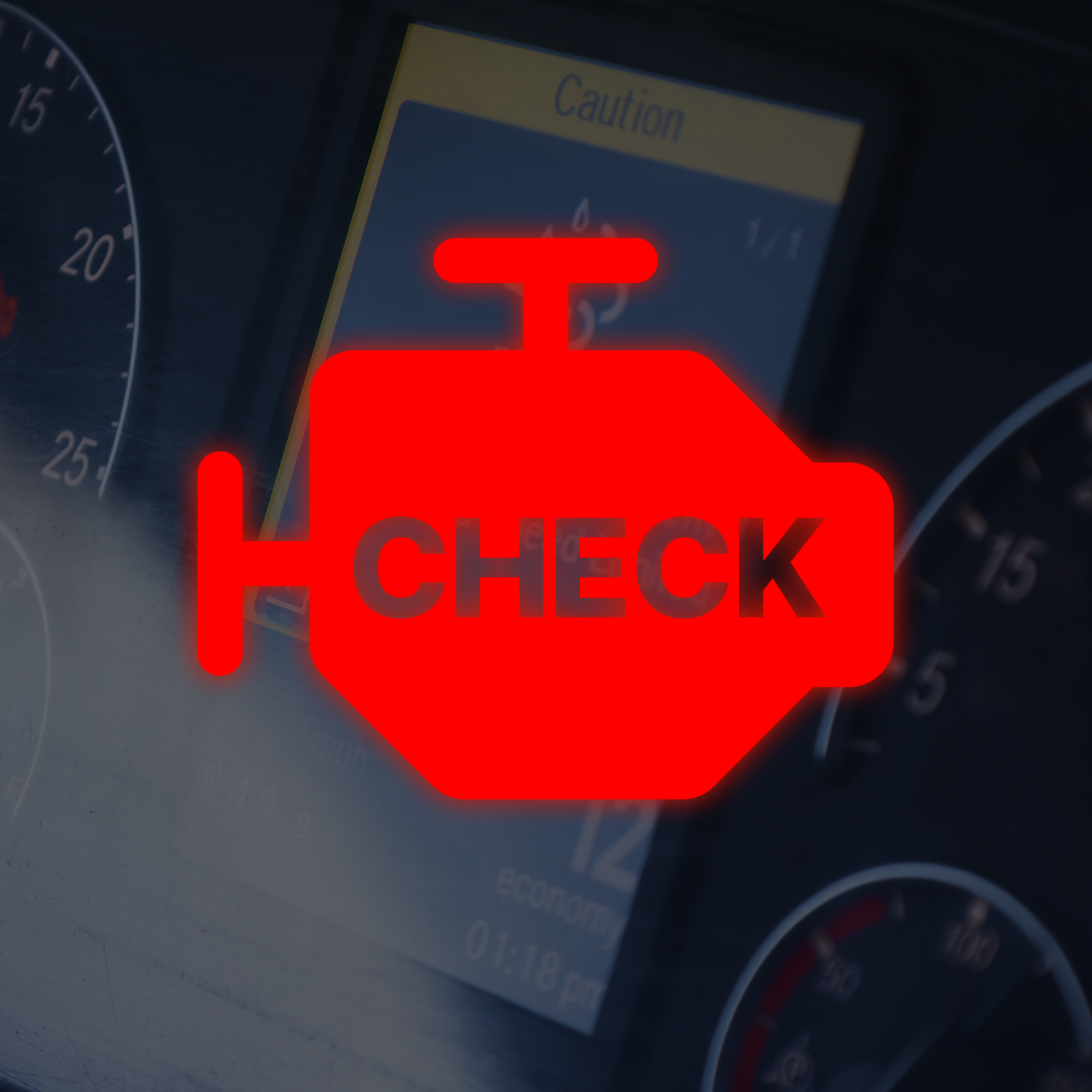When your truck goes into a derate, it’s not just frustrating—it’s costly. Understanding your truck’s aftertreatment system is key to avoiding downtime and costly repairs. In this guide, we’ll break down the 9 essential components of your aftertreatment system and how they work to keep your truck on the road and out of the shop.

1. Diesel Oxidation Catalyst (DOC)
The DOC, or Diesel Oxidation Catalyst, is the first line of defense in your aftertreatment system. Positioned directly after the turbocharger, it converts harmful carbon monoxide and hydrocarbons into less harmful carbon dioxide and water.
-
Why it’s important: The DOC must reach temperatures between 250°F and 750°F to kickstart regeneration. Without proper heat, the system won’t burn off soot effectively.

2. Diesel Particulate Filter (DPF)
The DPF is a critical component that traps soot from the exhaust and reduces particulate matter emissions. During regeneration, the system burns off the trapped soot to ash.
-
Key points:
-
-
Works in conjunction with the 7th injector (hydrocarbon dozer) to generate heat.
-
-
-
Temperatures during regen can reach 1100°F.
-
-
-
If soot isn’t burning off, check the DOC or the 7th injector.
-

3. Selective Catalyst Reduction (SCR)
The SCR reduces nitrogen oxide (NOx) emissions by injecting Diesel Exhaust Fluid (DEF) into the exhaust. This chemical reaction converts harmful NOx into nitrogen and water vapor.
-
Potential issues:
-
-
Poor DEF quality can cause crystallization and blockages.
-
-
-
The system operates best between 400°F and 850°F.
-

4. DEF Dosing Unit
The DEF dosing unit ensures the precise amount of DEF is injected into the exhaust stream. Proper operation is essential for reducing NOx emissions effectively.
-
Tips:
-
-
Check for crystallization in the DEF system.
-
-
-
Ensure the DEF tank heater is working, especially in cold climates, to prevent freezing.
-

5. NOx Sensors
Your truck has two NOx sensors—one before and one after the SCR catalyst. These sensors monitor nitrogen oxide levels and provide real-time data to the engine control module (ECM) to regulate DEF injection.
-
What to watch for:
-
-
Replace both sensors together to avoid mismatched readings.
-
-
-
Use OEM sensors to ensure accuracy and reliability.
-

6. Temperature Sensors
Temperature sensors are strategically placed throughout the system:
-
Before the DOC.
-
Between the DOC and DPF.
-
After the SCR.
-
-
Why they matter:
-
-
-
They regulate regeneration by monitoring exhaust temperatures.
-
-
-
Proper function is essential to maintain optimal system performance.
-

7. DPF Pressure Sensor
This sensor measures the pressure differential across the DPF to detect blockages or restrictions.
-
Quick fix:
-
-
Replace the sensor with basic hand tools if it’s faulty.
-
-
-
Run a forced regen and monitor the data to ensure the new sensor works correctly.
-
8. Engine Control Module (ECM)
The ECM is the brain of your truck, controlling every aspect of the aftertreatment system. It monitors regeneration temperatures, DEF dosages, and soot levels.
-
Important note:
-
-
A failing ECM requires professional programming, so avoid DIY replacements.
-

9. EGR Valve
The EGR valve recirculates exhaust gases back into the engine to lower combustion temperatures and reduce NOx emissions.
-
Potential problems:
-
-
A stuck-open valve can overwork the DEF system and cause derates.
-
-
-
Regular maintenance prevents unnecessary stress on the system.
-
Take Control of Your Aftertreatment System
By understanding these nine components, you can troubleshoot issues, prevent unnecessary downtime, and save on repairs. If your truck is in a derate or you see fault codes related to the aftertreatment system, act quickly to avoid further complications.
For more tips and tools to empower owner-operators and fleets, visit OTR Performance. Our diagnostics solutions put you in control of your truck’s health.
Have you any questions or want to share your experience?






Cummins Fault Code 3231: SCR Intake Temperature
How OTR Diagnostics Works on the 2024 Freightliner Cascadia with DD15 Engine